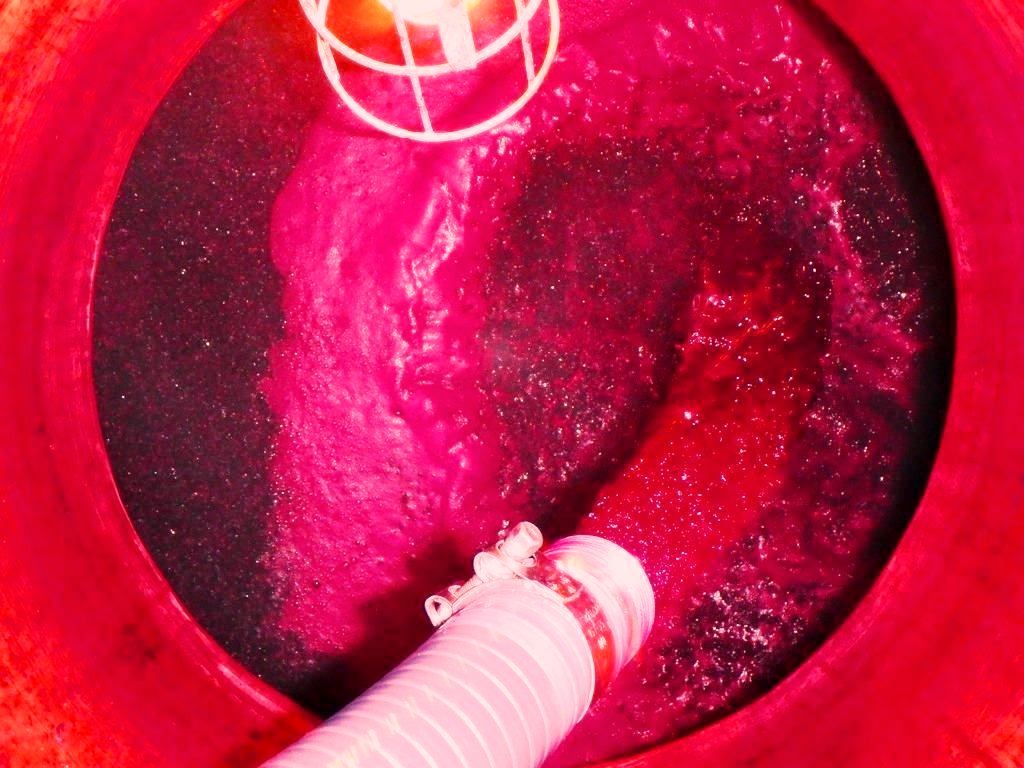
In red winemaking «Pumping Over» consists in drawing off the must from the bottom of the fermentation tank to lift it and subsequently letting it fall onto the cap.
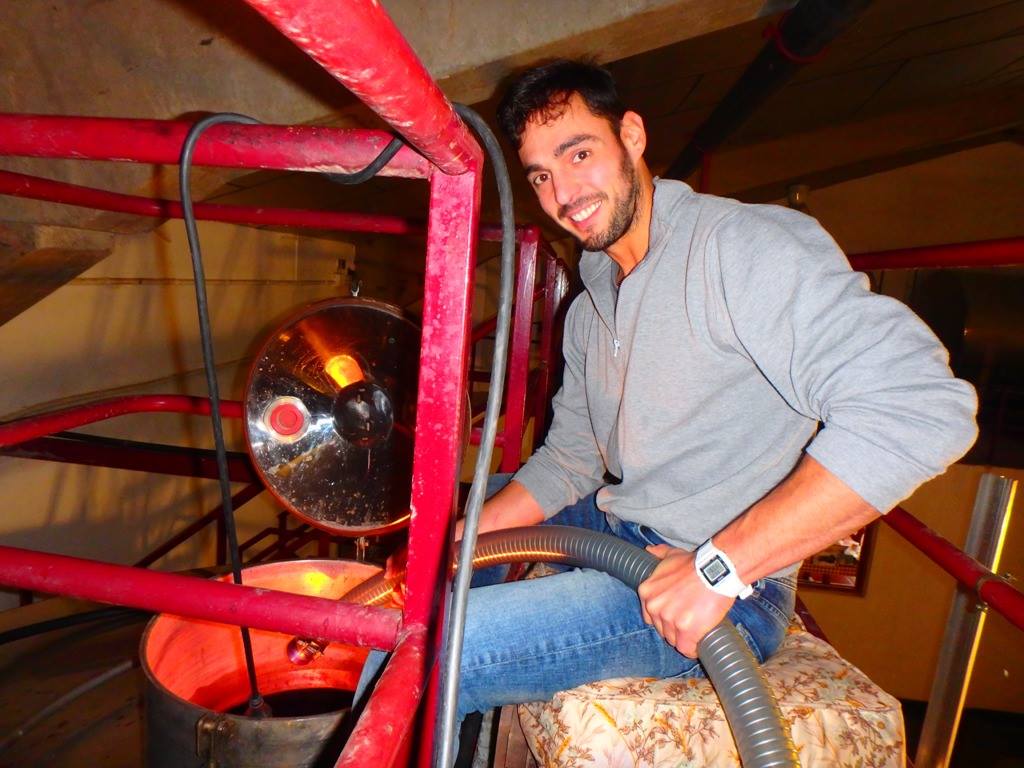
This operation improves the extraction and fermentation by aeration.
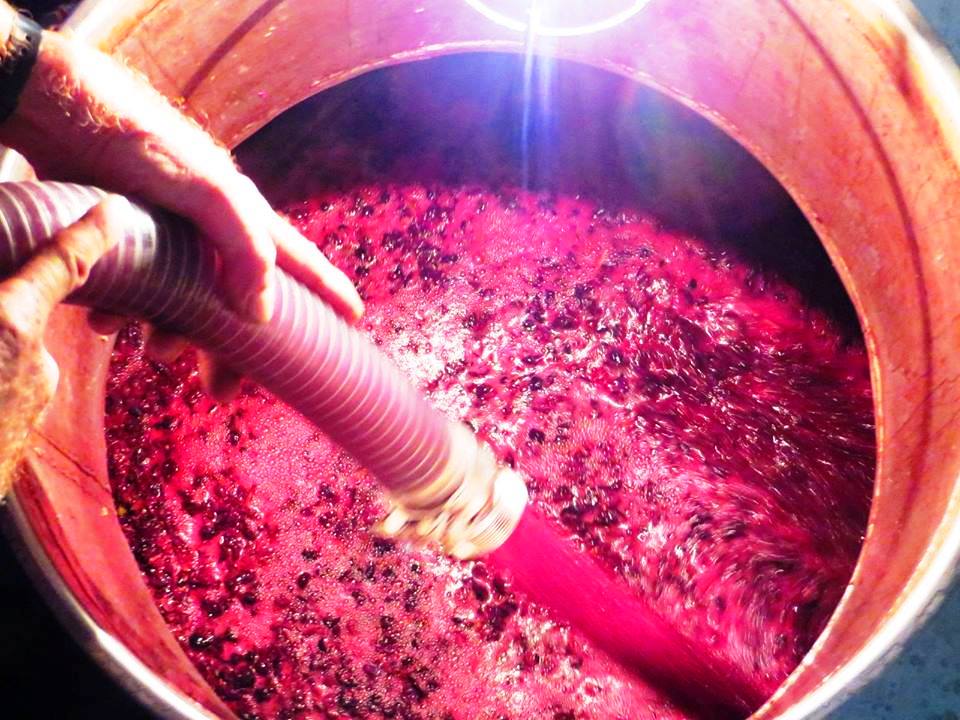
The extraction is the degree of incorporation of aromatic and colouring substances to the wine before, during and after fermentation.
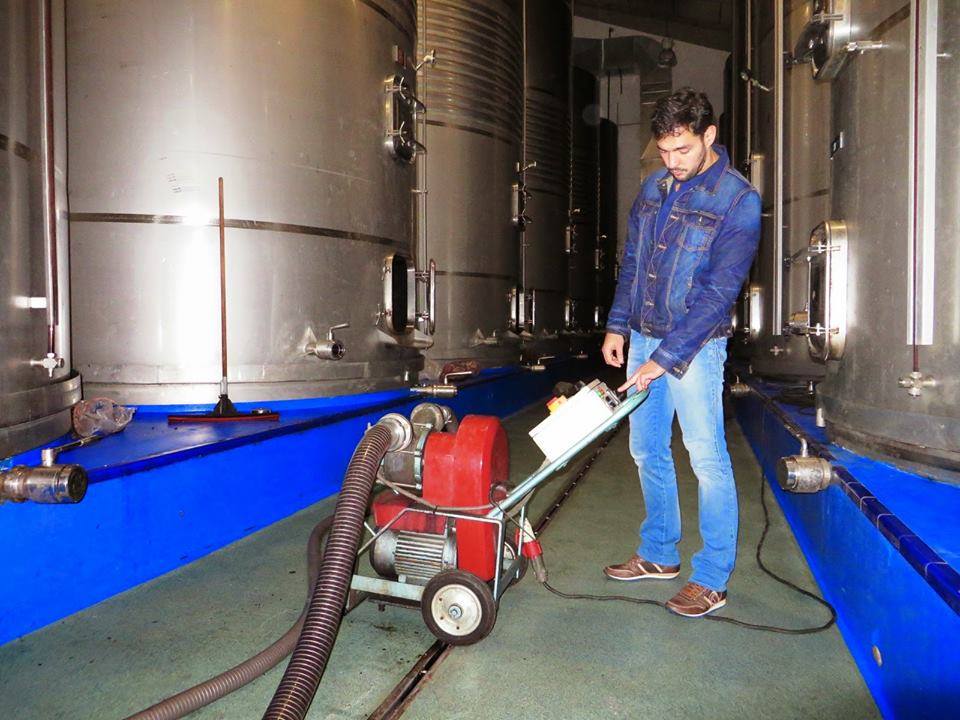
The concentration of polyphenols in wines is essentially dependent of the variety employed, ripeness of the fruit and winemaking procedures.
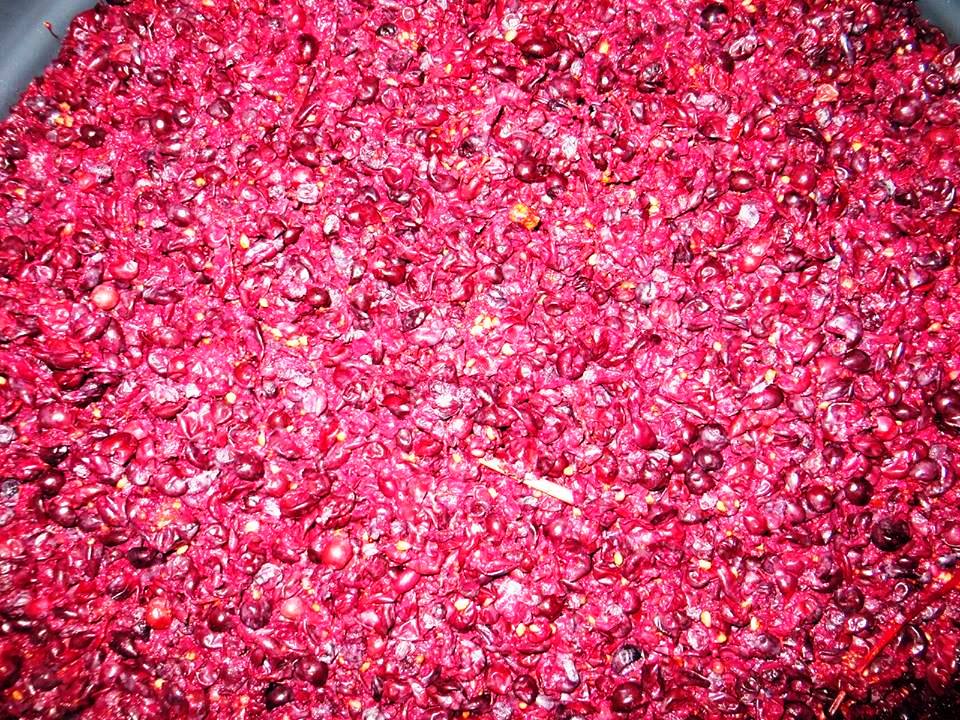
The extraction rate will be primarily determined by the temperature at which they are carried out, phenolic ripeness attained in skins, pulp, stalks and seeds, the contact period of must or wines with the solids, the levels of crushing and pressing, as well as the alcoholic strength achieved at draining or during fermentation.
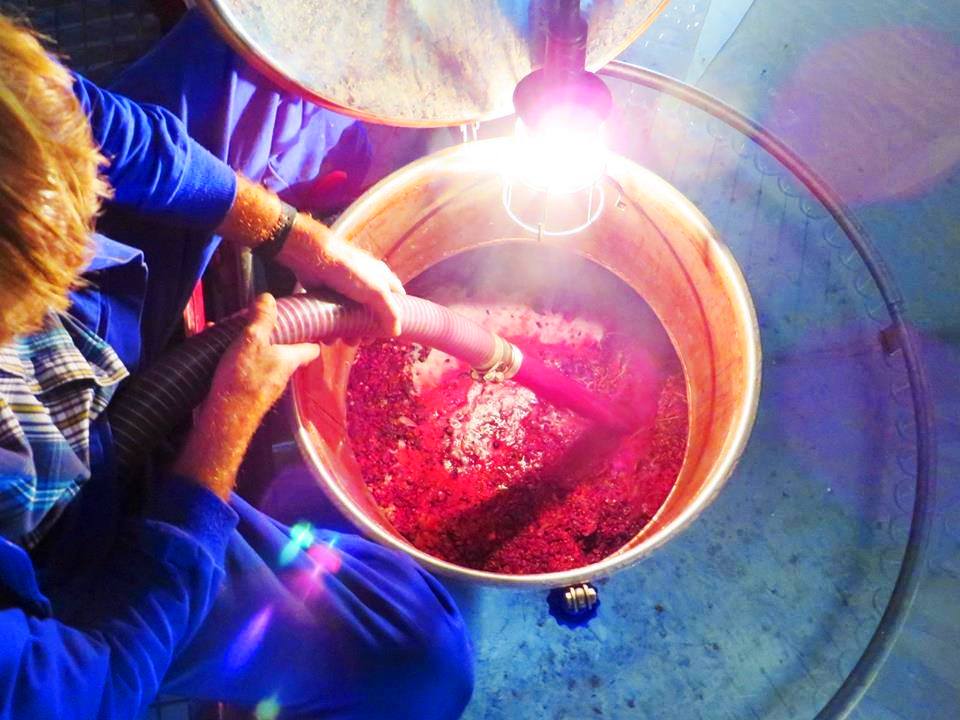
Polyphenols or phenols, or phenolics. There are very reactive substances with more than one phenol group (a benzene ring with a hydroxyl group -OH-) per molecule, which are found in parts of the vine and its fruits.
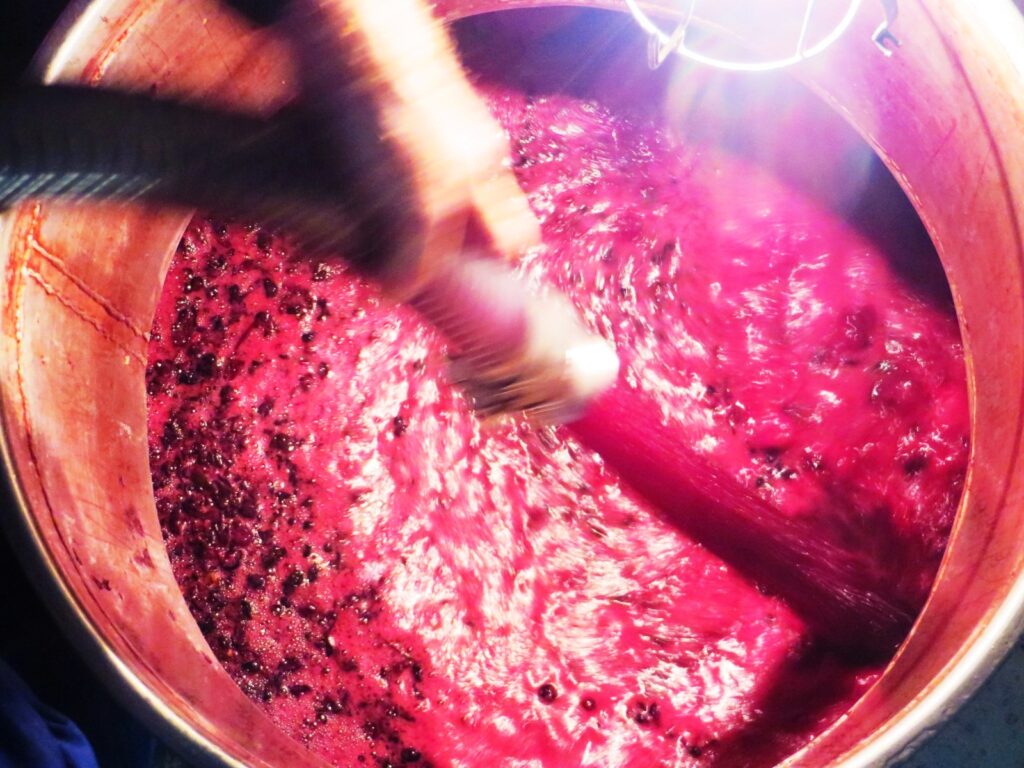
They are generally divided into flavonoids (flavonols, anthocyans, etc.), tannins (hydrolysable and condensed) and lignins (i.e. some ethers).
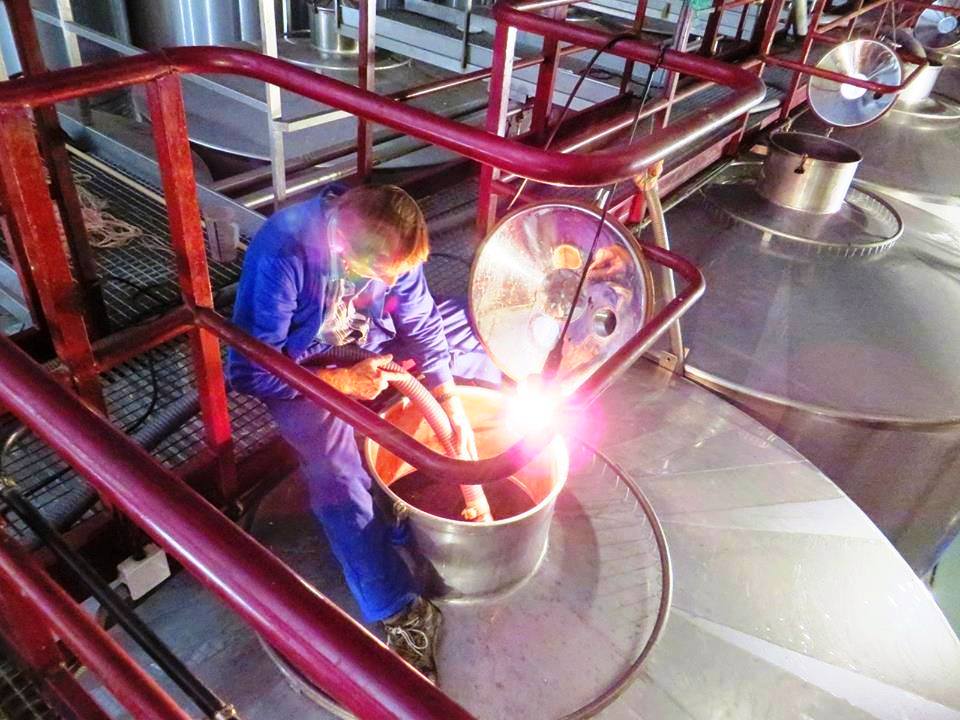
Their formation in the plant and fruits depends upon multiple factors (climate, temperature, sunlight exposure, low nitrogen contents in soils, etc.).
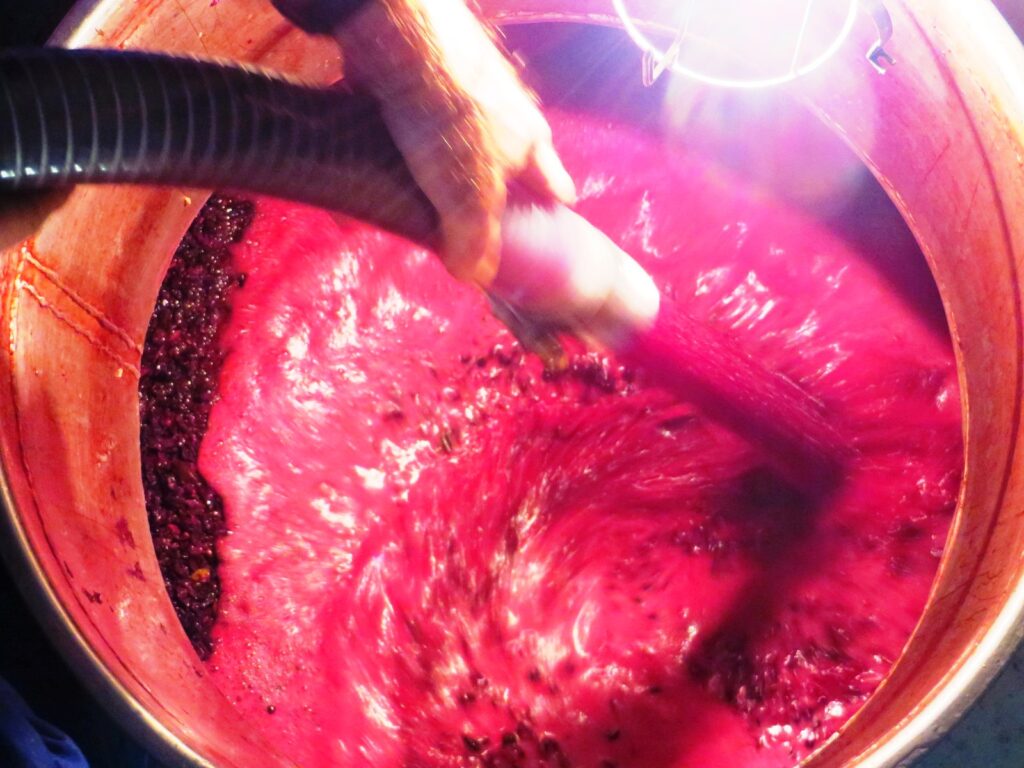
Within them they perform diverse regenerative and protective functions (antioxidant, atiseptic, protection against insect aggressions, recognition for pollination, etc.).
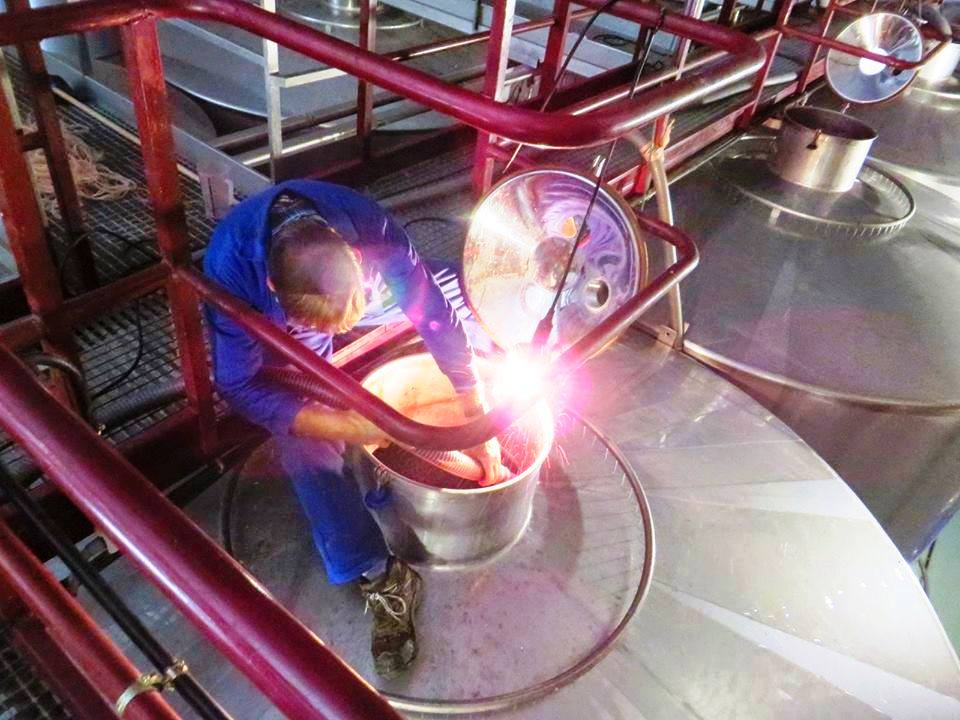
They are complex and formed by hundreds of different molecules, which are passed onto the wine during winemaking, being a determining factor to establish their quality.
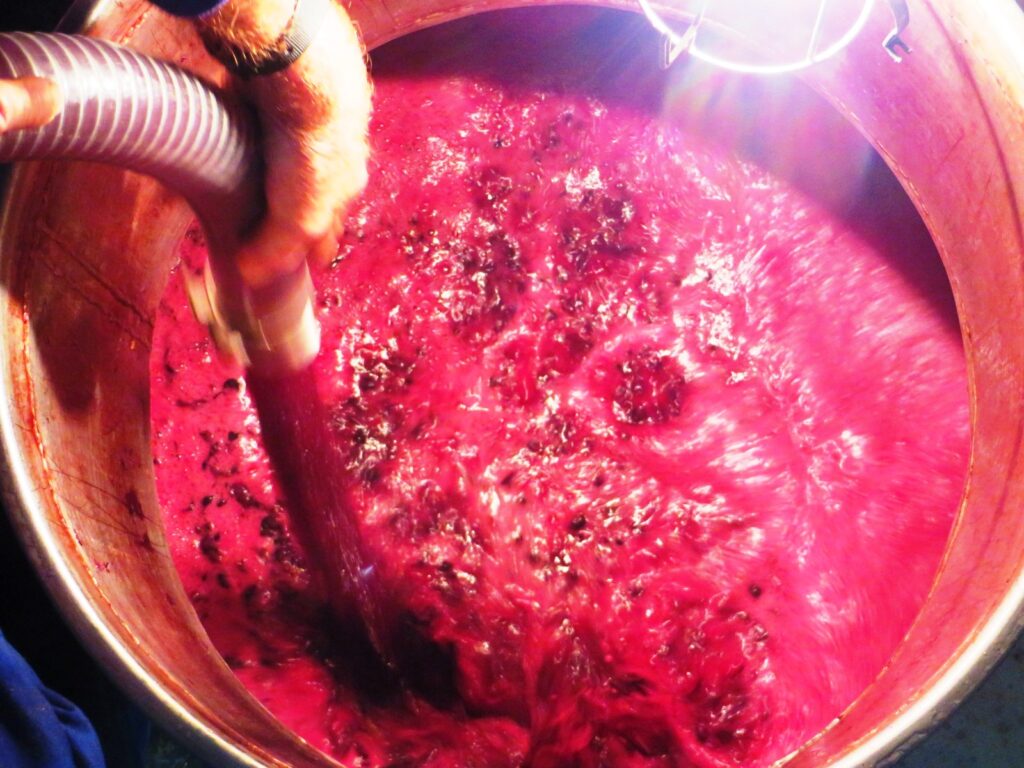
Phenolic molecules have a great reactive capacity and combine with acids, sugars, as also with other polyphenols to form long-chained colloids and polymers that generate important aromatic, flavour, and taste compounds, besides having a deep influence on wine colour.
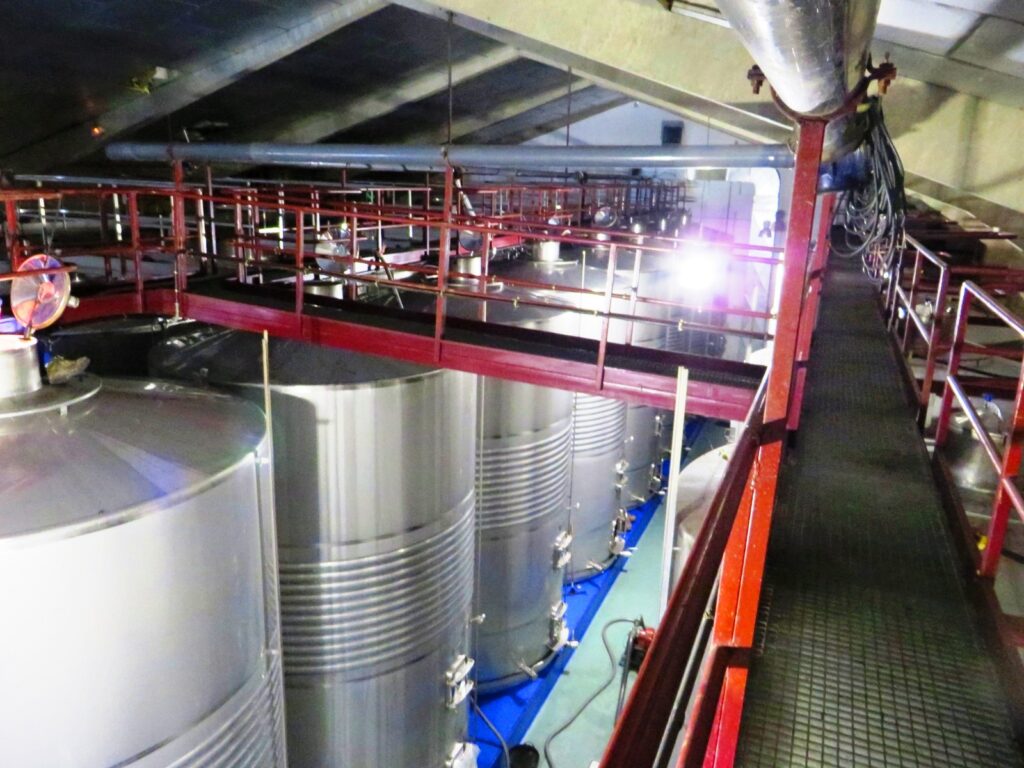
Phenolic ripeness does not usually coincide with industrial ripeness, and deficiencies in the first are rather more difficult to correct than in the second.
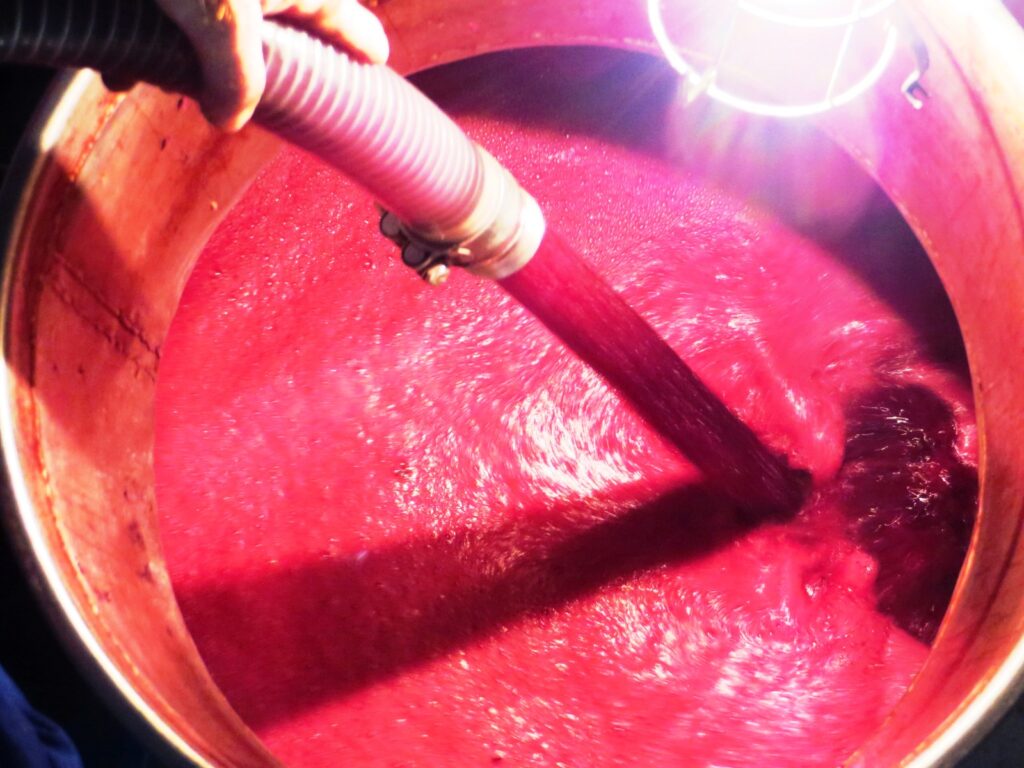
Even the formation of anthocyans and tannins do not necessarily coincide during ripening.
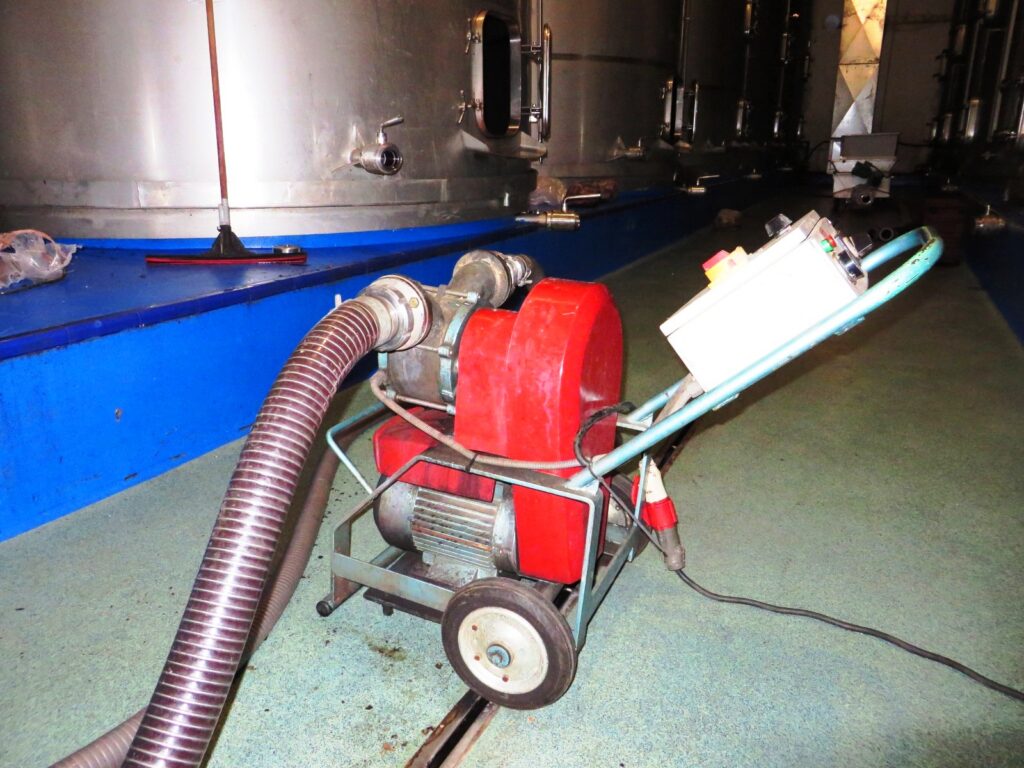
Grape skins and seeds are the parts with maximal concentration of polyphenols, though they can also be found in the pulp and stalks.
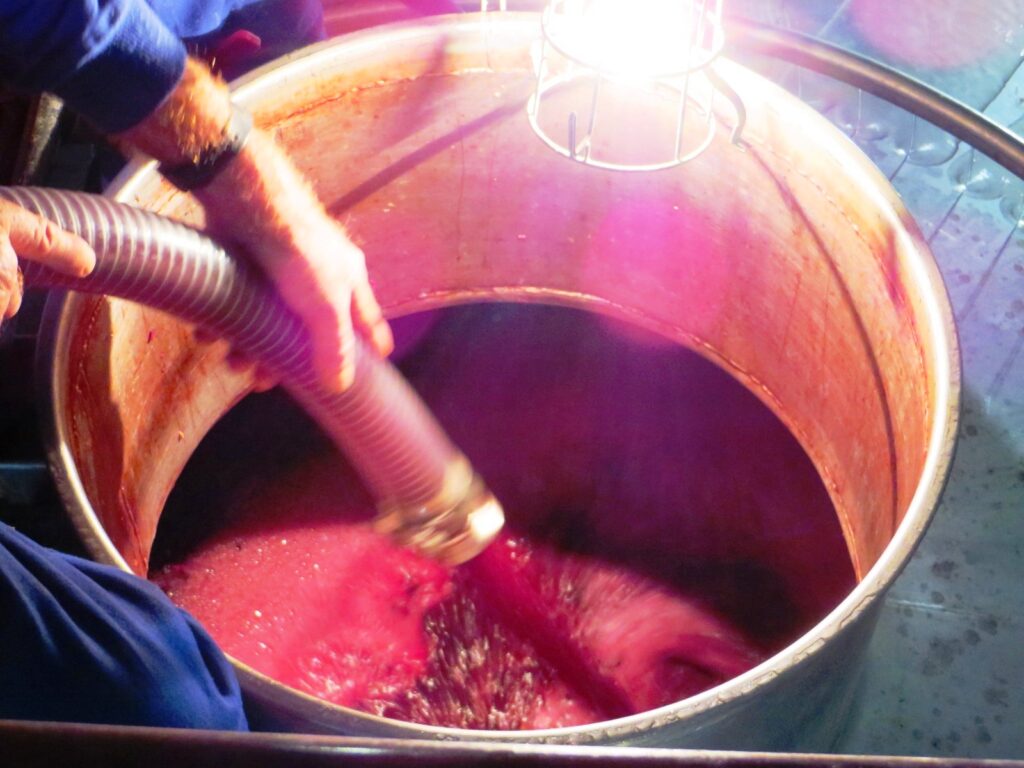
If sugar and acid contents in the grape have a direct consequence in the wine, this is not so clear in polyphenols (i.e. concenration of anthocyans in grapes and colour intensity, a relation highly influenced by the wine´s exposure to oxygen).
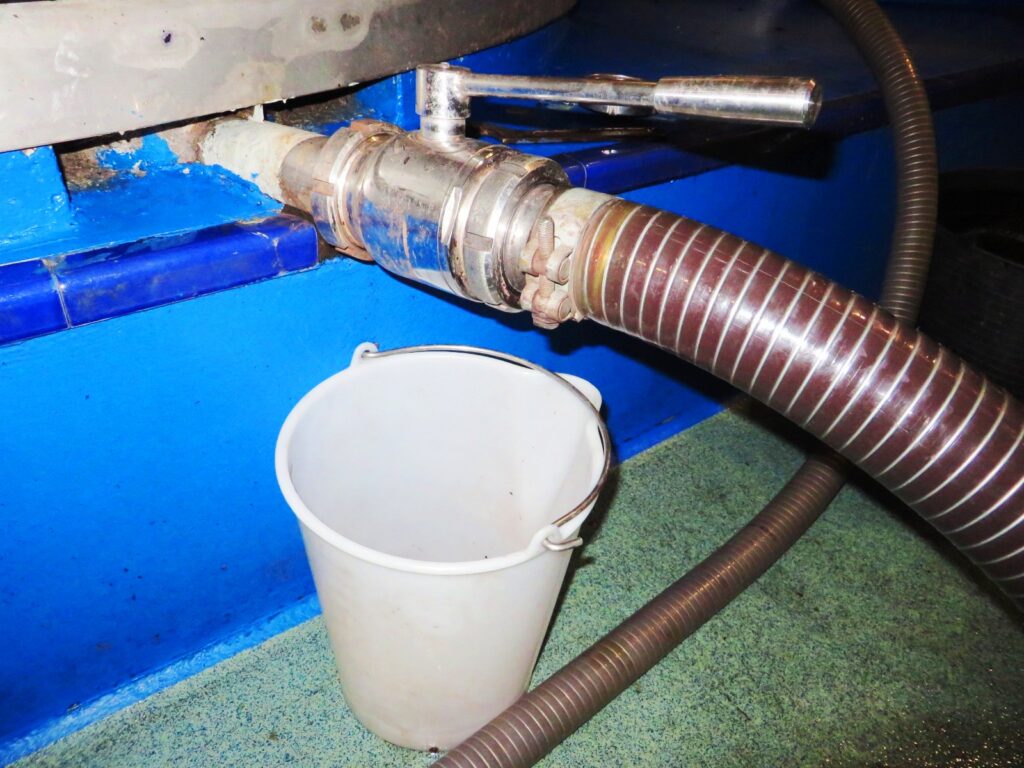
The degree of polyphenol condensation conditions the organoleptic properties of wines and essentially depends on extraction, maturation and oxidation levels.
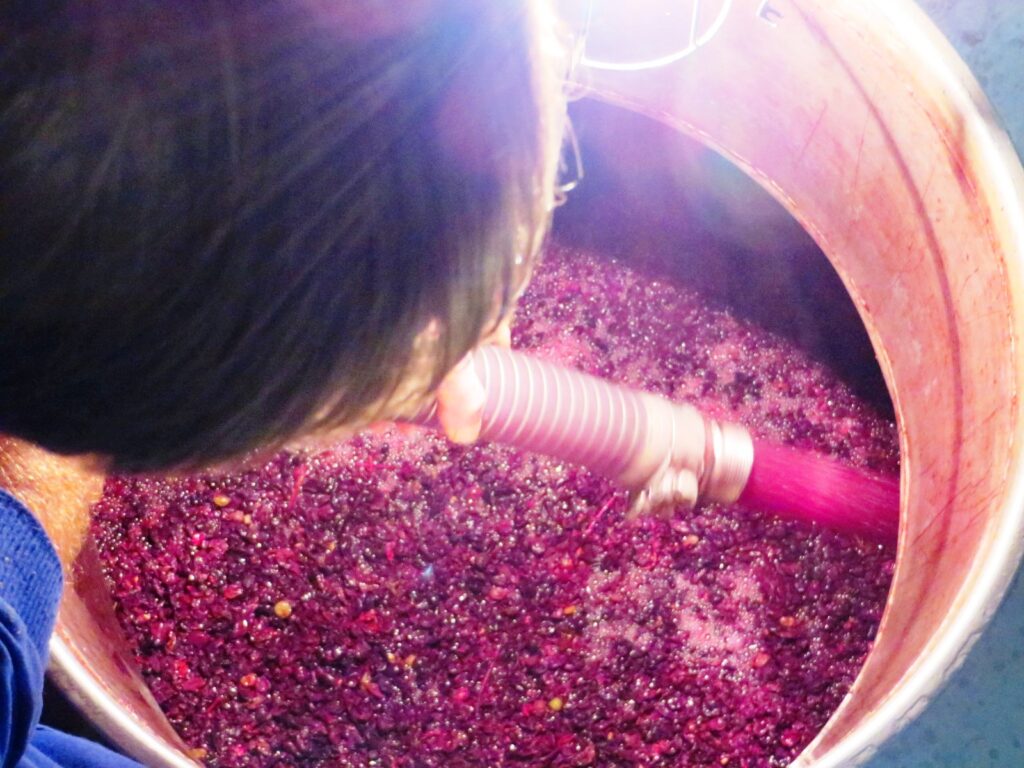
In large concentrations, they become insolube and precipitate, being part of sediment.
No comments